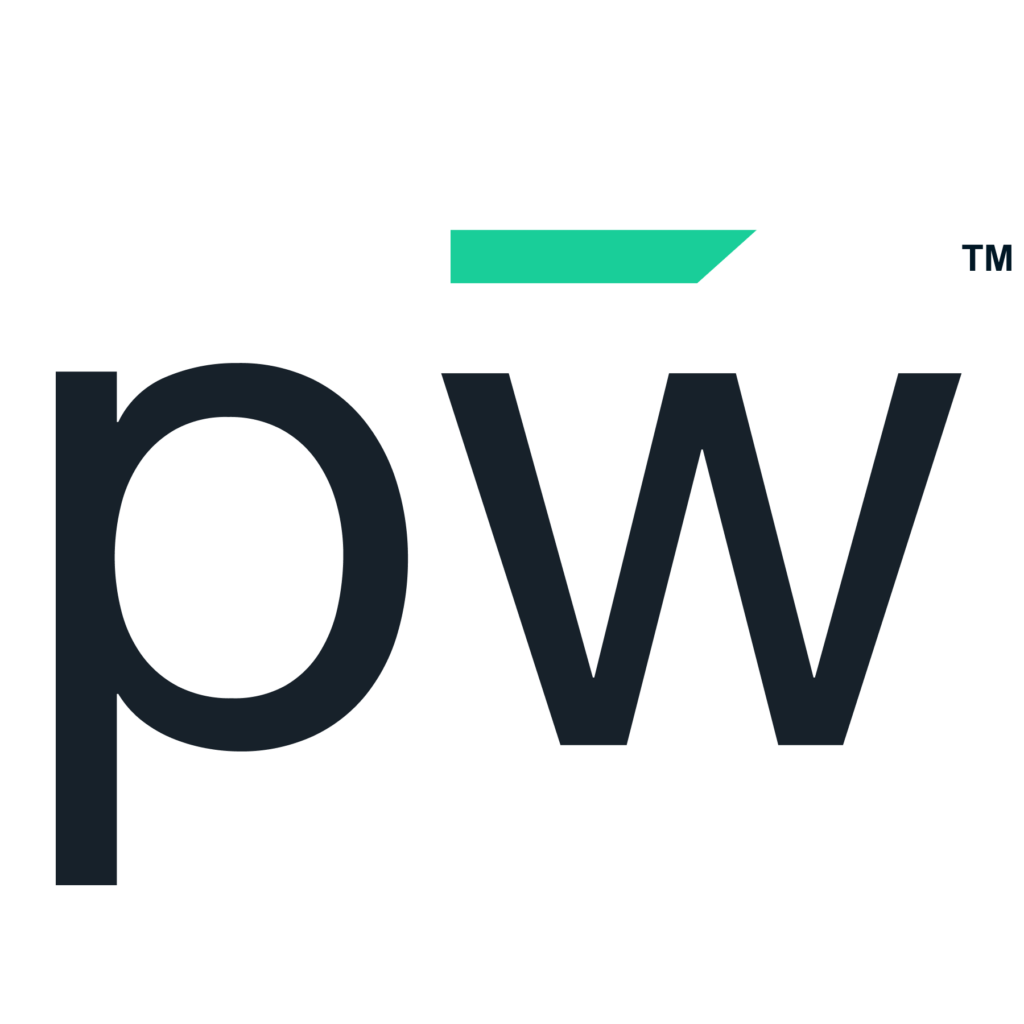Preparing students for a career involves lots of strategies and guidance. Depending on the type of job they’re interested in, candidates need to possess various skills and aptitudes. This journey begins with the first step: developing career readiness. It’s a big first step, but when you get it right, your students have the best chance to be career-ready.
What is career readiness?
For someone to be career-ready, they must have knowledge and capabilities in core academic areas as well as soft skills. For students, this involves training and enhancing necessary people skills.
Students will need a general idea of the jobs they want to pursue, but they’ll need your help. When discussing options, be sure that in-demand skills are a consideration. The top areas for development — outside of academic and technical competencies — include self-motivation, critical thinking, communication, applying what they learn and perseverance.
This is unique for every student, depending on their goals and abilities, but everyone should start with the first step.
Why is implementing steps to career readiness important?
Does your current career readiness track have defined steps? Create a framework that’s repeatable and scalable. The first step in developing career readiness is for students to complete assessments that outline their skills, interests and values. However, this phase often isn’t a part of career services due to the red tape surrounding career readiness initiatives.
As a result of these challenges, the next generation entering the workforce isn’t career-ready. They have been woefully unprepared due to the pandemic, curriculum misalignment and a lack of emphasis on transferable skills.
One of the biggest barriers to this is the lack of accountability by educational organizations. Tax dollars should support building a career-ready workforce. Unfortunately, that’s not the case today in most scenarios. While you can transform this antiquated system on your own, you can take action to close the skills gap.
What is the first step in developing career readiness?
As noted, the first phase is student assessments, which you can facilitate with these exercises:
- Evaluate a student’s current skill level across many types of abilities, both hard and soft.
- Correlate skills they have to their career goals.
- Define what they need to improve upon for their targeted job.
- Discuss their interests, which is especially necessary if they haven’t solidified their career goals. This gives them insights into what they’re good at.
- Consider their attitudes and personality in terms of what would be a good career fit.
- Help them determine their values and how those align with available careers.
Creating a career readiness track is a good solution to close the skills gap, but there are more efforts necessary to make a bigger shift in career services.
How do you adapt career readiness for the 21st century?
For students to succeed, you’ll need to transform career readiness programs to align with workforce needs in the 21st century. Career services have to keep up with workforce changes and shifts.
To adapt your program and leverage the first step in career readiness:
- Introduce students to career paths beginning in eighth grade so they have visibility into all their options and information on in-demand jobs.
- Provide students with career readiness across all job types: professional, trades, technical, and so forth.
- Offer career exploration opportunities.
- Help them work out what career sustainability means to them and discuss the projections for their desired field.
- Give students access to avenues to work on specific skills and expose them to career readiness content.
- Track outcomes based on your new approach to career readiness.
- Emphasize greater flexibility around learning, which is changing.
Incorporating these components into the first step of career readiness may seem overwhelming, but it’s possible with pepelwerk career services software.
pepelwerk helps you guide students through career readiness.
The pepelwerk career services software delivers the tools and features you need to modernize the process. It enables students to set goals, offers skill assessments and provides outcome reporting. The platform also has career readiness content and job exploration options. Finally, it matches students with jobs or internships based on their abilities, attributes and attitudes.
You can learn more about our platform and how it supports career services by joining us at a career event.










